Home>Articles>How To Choose The Right Fastener For Your Deck
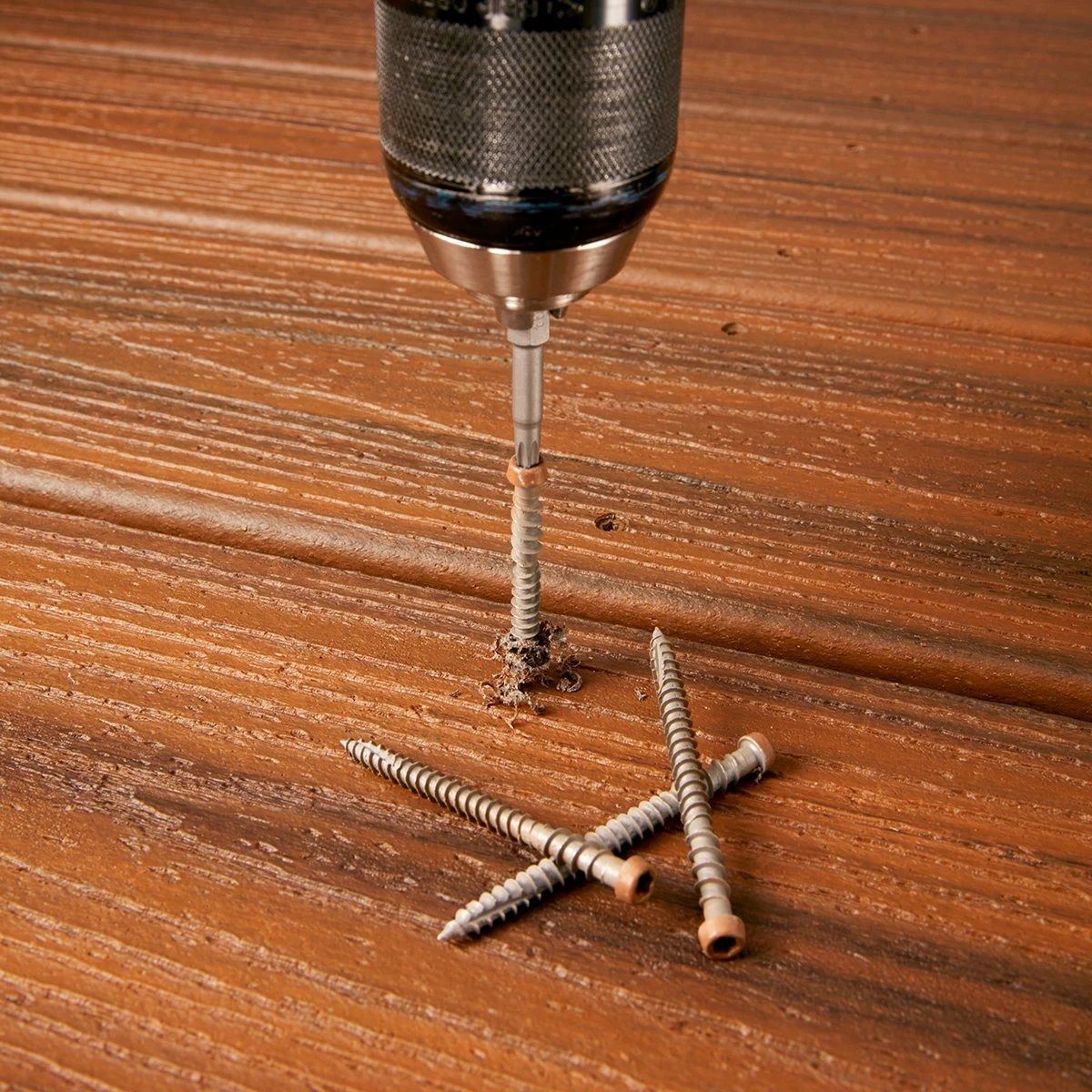

Articles
How To Choose The Right Fastener For Your Deck
Modified: February 25, 2024
Learn the best techniques for selecting the ideal fastener for your deck with our informative articles. Gain expert insights and make your deck sturdy and secure.
(Many of the links in this article redirect to a specific reviewed product. Your purchase of these products through affiliate links helps to generate commission for Storables.com, at no extra cost. Learn more)
Introduction
Building a deck is an exciting project that can add value and enjoyment to your home. However, choosing the right fasteners for your deck is crucial to ensure its structural integrity, longevity, and overall appearance. The fasteners you select will play a significant role in securing the various components of your deck together.
With so many options available in the market, it can be overwhelming to determine the best fasteners for your specific deck design. This article will guide you through the factors you should consider when choosing deck fasteners, the different types of fasteners available, and provide tips on selecting the right fastener for different decking materials.
Before diving into the details, it is important to understand that deck fasteners serve as the connectors between the deck boards, joists, and other structural components. They need to withstand various environmental conditions, including temperature changes, moisture, and heavy foot traffic. Additionally, they need to provide sufficient holding power while accommodating the natural movement of the deck material.
By thoroughly evaluating the factors at play and making an informed decision, you can ensure a secure and visually appealing deck that will stand the test of time.
Key Takeaways:
- Choosing the right deck fasteners is crucial for structural integrity, longevity, and aesthetics. Consider material compatibility, environmental factors, structural requirements, and aesthetic preferences to ensure a secure and visually appealing deck.
- Avoid common deck fastener mistakes such as using incorrect size or type of fastener, failing to account for wood movement, and overdriving or underdriving screws. Properly selected and installed fasteners will ensure a secure, long-lasting, and visually appealing deck.
Factors to Consider when Choosing Fasteners for Your Deck
When selecting fasteners for your deck, there are several important factors to consider. These factors will help you choose the right fasteners that are compatible with your decking material, meet the structural requirements, and provide a visually pleasing result.
Material Compatibility
The first factor to consider is the compatibility of the fasteners with your decking material. Different materials, such as wood, composite, and PVC, require specific types of fasteners to ensure optimal performance. For example, stainless steel or hot-dipped galvanized fasteners are recommended for pressure-treated wood decks to prevent corrosion. On the other hand, composite and PVC decks often require specialized fasteners designed specifically for these materials.
Be sure to check the manufacturer’s recommendations for the compatible fasteners for your specific decking material. Using the wrong type of fastener can lead to issues such as deck board splitting, surface damage, and reduced overall durability.
Environmental Factors
The next factor to consider is the environment in which your deck will be exposed. Outdoor decks are subjected to a wide range of environmental conditions, including temperature fluctuations, moisture, and exposure to sunlight. These factors can impact the performance of the fasteners and the overall integrity of the deck.
If your deck will be exposed to high humidity or constant moisture, such as around a swimming pool, it is crucial to choose fasteners that are resistant to corrosion and rust. Stainless steel and corrosion-resistant coated fasteners are excellent options for these environments.
Similarly, if you live in an area with extreme temperature changes, such as regions with freezing winters and hot summers, you need to select fasteners that can withstand the expansion and contraction of the decking material without causing deck board warping or structural damage.
Structural Requirements
The structural requirements of your deck should also be taken into consideration when choosing fasteners. The size and spacing of the joists, as well as the load-bearing capacity, will dictate the type and quantity of fasteners needed to secure the deck boards.
For example, if you are building a deck with treated lumber, it is important to select fasteners that can withstand the high load-bearing requirements. This may involve using special hangers, connectors, or specific diameter screws or nails.
Consulting with a structural engineer or following local building codes can help ensure that your deck is built to the appropriate specifications and that the fasteners are selected accordingly.
Aesthetic Considerations
Lastly, aesthetic considerations play a role in choosing the right fasteners for your deck. While many homeowners prefer hidden fastening systems that offer a clean and uninterrupted deck surface, others may opt for visible fasteners to create a more traditional or rustic look.
If you choose visible fasteners, consider the color and finish of the fasteners to complement the overall design of your deck. Some fasteners are available in various colors or can be painted to match the deck boards and railing, while others may offer decorative head options for added visual appeal.
Ultimately, selecting fasteners that align with your desired aesthetic will contribute to the overall beauty and style of your deck.
Types of Deck Fasteners
When it comes to deck fasteners, there are several options available, each with its own unique characteristics and advantages. Understanding the different types of fasteners will help you choose the most suitable option for your deck project. The most common types of deck fasteners include nails, screws, and hidden fastening systems.
Nails
Nails have been a traditional choice for securing deck boards to the underlying joists. They are economical, easy to find, and quick to install. Common nails, also known as smooth-shank nails, are often used for deck construction. They are available in various lengths, and the size and length of the nails depend on the thickness of the deck boards and the structural requirements.
However, while nails are a popular choice, they do have some drawbacks. Over time, wood naturally expands and contracts due to moisture and temperature changes. This movement can cause nails to loosen, leading to deck board warping or even complete detachment. To help mitigate this issue, ring-shank nails or spiral-shank nails can be used, as they provide better holding power compared to smooth-shank nails.
Screws
Screws are another commonly used option for deck fastening. They offer greater holding power than nails and are less likely to loosen over time. The threads on screws grip into the wood, providing a more secure connection. Additionally, screws can be easily removed if necessary, which can be advantageous for future deck maintenance or repairs.
Deck screws are available in a range of sizes and materials. Stainless steel screws are highly recommended for their corrosion resistance, especially in environments where decks are exposed to moisture. Coated screws, such as those with epoxy or polymer coatings, can also provide protection against rust and corrosion.
Similar to nails, screws should be chosen based on the decking material, joist size, and desired aesthetic. For example, trim-head screws can be used for a cleaner and more finished look, whereas bugle-head screws have a flat head and are more commonly used for general decking applications.
Hidden Fastening Systems
Hidden fastening systems have gained popularity in recent years, particularly for those seeking a sleek and unblemished deck surface. These fastening systems eliminate the need for visible fasteners on the deck’s surface, creating a clean and seamless look.
Hidden fasteners are typically installed between the deck boards and the joists, ensuring a secure and hidden connection. Some common types of hidden fasteners include clips, biscuit systems, and specialized brackets. These fastening systems often require specific installation methods and tools, so it is essential to refer to the manufacturer’s instructions for proper installation.
While hidden fastening systems offer aesthetic benefits, it’s important to note that they can be more expensive than traditional fasteners, and the installation process may be more time-consuming. However, the end result is a visually appealing deck with no visible fastener heads, providing a smooth and uninterrupted surface for your outdoor living space.
Consider your budget, deck design, and aesthetic preferences when deciding on the type of fasteners that best suit your needs. Whether you choose nails, screws, or a hidden fastening system, ensure that the fasteners are compatible with your decking material and meet the structural requirements of your deck.
Choosing the Right Fastener for Different Decking Materials
Choosing the appropriate fastener for your deck is crucial, especially when working with different decking materials. Each material has its own unique characteristics and requirements, and selecting the right fasteners will ensure a secure and long-lasting deck. Let’s explore the considerations for wood decks, composite decks, and PVC decks.
Wood Decks
Wood decks are a classic and popular choice for outdoor spaces. When it comes to fasteners for wood decks, it’s essential to consider the type of wood and its susceptibility to shrinkage, swelling, and decay. For pressure-treated lumber, which is commonly used for decking, it’s crucial to select fasteners that are resistant to corrosion.
Stainless steel or hot-dipped galvanized fasteners are highly recommended due to their longevity and ability to withstand the chemicals in treated wood. These fasteners offer excellent corrosion resistance, preventing premature rusting and ensuring the structural integrity of the deck over time.
In addition to corrosion resistance, it’s important to choose fasteners that are appropriate for the size and thickness of the deck boards and joists. This may involve using longer screws or nails to accommodate the thicker wood.
Composite Decks
Composite decking has become increasingly popular due to its durability, low maintenance, and aesthetic appeal. Unlike wood, composite decking does not require staining or sealing and is resistant to rot, warping, and insect damage. When selecting fasteners for composite decks, it’s crucial to choose options specifically designed for these materials.
Composite deck fasteners are typically stainless steel or coated to prevent corrosion. They are engineered to work with the expansion and contraction of composite decking, ensuring a secure and long-lasting installation. These fasteners often feature grooves or hidden clips that allow for a smooth surface without visible screw heads.
Some composite decking manufacturers provide recommended fasteners that are guaranteed to deliver the best performance and aesthetic results. It’s advisable to follow the manufacturer’s recommendations to ensure compatibility and warranty coverage.
PVC Decks
PVC decking offers enhanced durability, resistance to moisture, and minimal maintenance. When it comes to fastening PVC decks, it’s important to choose fasteners that can withstand the material’s expansion and contraction, as well as resist corrosion.
Stainless steel or specially coated fasteners are recommended for PVC decking due to their ability to resist rust and staining. Additionally, it’s crucial to select fasteners that are designed for PVC decking, as they often have specific profiles that allow for secure and discreet installation.
Similar to composite decking, PVC decking manufacturers may provide specific recommendations for compatible fasteners that best suit their products. Following their guidelines will help ensure a successful and durable installation.
Remember, regardless of the decking material, always refer to the manufacturer’s recommendations for fastener compatibility and installation instructions. Additionally, consult with a professional if you have any questions or concerns regarding the selection of fasteners or the installation process.
Common Deck Fastener Mistakes to Avoid
When it comes to deck construction, choosing the right fasteners is crucial for the overall performance and longevity of the structure. However, there are common mistakes that people often make when it comes to deck fasteners. By being aware of these mistakes and avoiding them, you can ensure a secure and durable deck. Let’s explore some of the most common deck fastener mistakes to avoid.
Using Incorrect Size or Type of Fastener
One of the most common mistakes is using the wrong size or type of fastener for your deck. Using fasteners that are too short or too thin can result in insufficient holding power, leading to loose or squeaky deck boards. On the other hand, using fasteners that are too long or too thick can cause the wood to split or crack.
It’s vital to carefully read the manufacturer’s recommendations for the specific decking material and joist size to ensure you select the appropriate size and type of fastener. This includes considering the thickness and width of the deck boards, as well as the load-bearing requirements and structural considerations.
Failing to Account for Wood Movement
Wood is a natural material that expands and contracts with changes in temperature and humidity levels. Failure to account for these movements can lead to issues such as buckling, cracking, and warping of the deck boards.
It’s important to leave proper gaps between the deck boards during installation to allow for natural expansion. Additionally, using fasteners that allow for some movement, such as screws with larger clearance holes or hidden fastening systems with built-in spacing, can help accommodate wood movement and prevent damage to the deck.
Overdriving or Underdriving Screws
When using screws as deck fasteners, it’s crucial to achieve the proper level of tightness. Overdriving the screws can cause the deck boards to sink, creating an uneven surface and potentially damaging the wood. Underdriving the screws, on the other hand, results in loose or unstable deck boards.
To avoid these issues, use a power drill or impact driver with an adjustable torque setting. This allows you to drive the screws to the appropriate depth without exceeding it. It’s also important to use the correct screw size and type, as specified by the manufacturer, to ensure proper holding power.
Additionally, it’s essential to apply consistent pressure and drive the screws perpendicular to the deck boards to maintain a flush and secure connection. Take care not to strip the screw heads or distort the surrounding wood during the installation process.
By avoiding these common deck fastener mistakes, you can ensure that your deck remains structurally sound, aesthetically pleasing, and capable of withstanding the demands of outdoor conditions. If you’re uncertain about the proper fastener selection or installation techniques, consult with a professional or seek guidance from the manufacturer or an experienced contractor.
Conclusion
Choosing the right fasteners for your deck is essential for its structural integrity, durability, and overall appearance. By considering factors such as material compatibility, environmental conditions, structural requirements, and aesthetic considerations, you can make informed decisions that will ensure a successful deck project.
When working with different decking materials, it’s important to select fasteners that are specifically designed for each material. For wood decks, opt for corrosion-resistant fasteners that can withstand the natural movement of the wood. Composite decks require fasteners that can accommodate expansion and contraction while providing a secure connection. PVC decks benefit from corrosion-resistant and specially designed fasteners that can withstand the nature of the material.
Avoid common deck fastener mistakes such as using incorrect size or type of fastener, failing to account for wood movement, and overdriving or underdriving screws. These mistakes can compromise the stability and longevity of the deck, leading to issues such as loose boards, warping, and surface damage.
In conclusion, investing time and effort into choosing the right fasteners for your deck is well worth it. Properly selected and installed fasteners will ensure a secure, long-lasting, and visually appealing deck that you can enjoy for years to come. Always refer to manufacturer recommendations and consult with professionals if needed to ensure a successful deck project.
Frequently Asked Questions about How To Choose The Right Fastener For Your Deck
Was this page helpful?
At Storables.com, we guarantee accurate and reliable information. Our content, validated by Expert Board Contributors, is crafted following stringent Editorial Policies. We're committed to providing you with well-researched, expert-backed insights for all your informational needs.
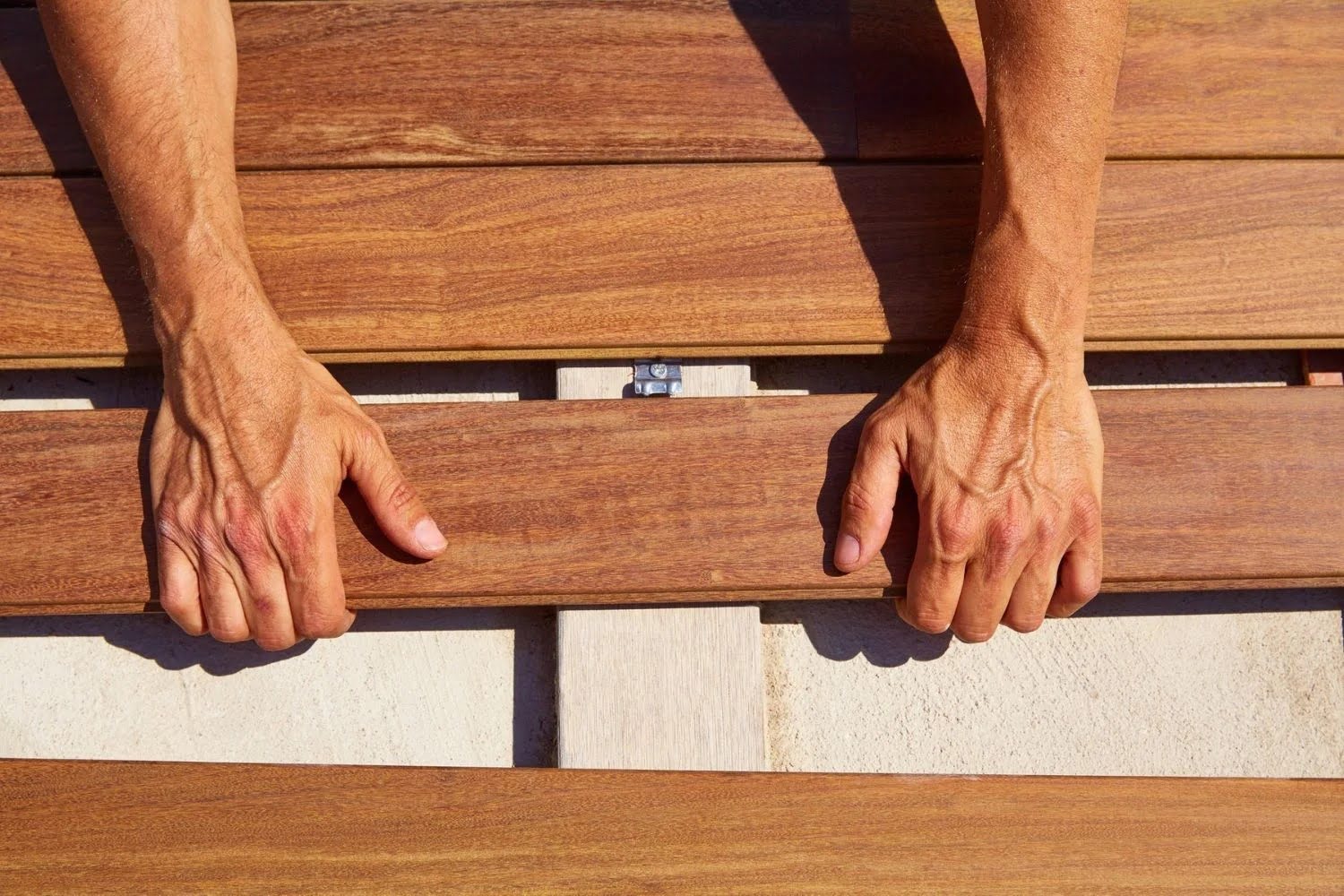
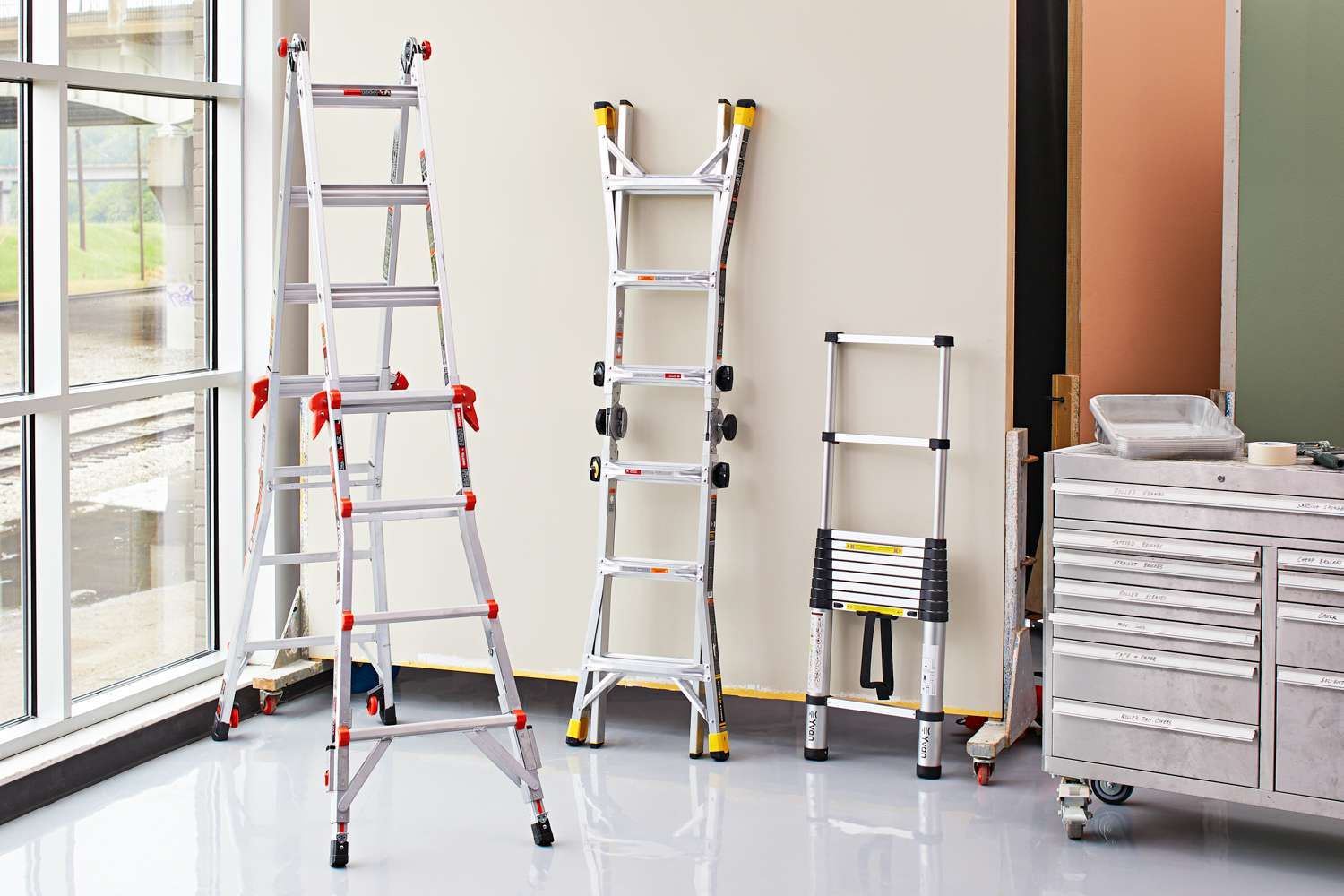
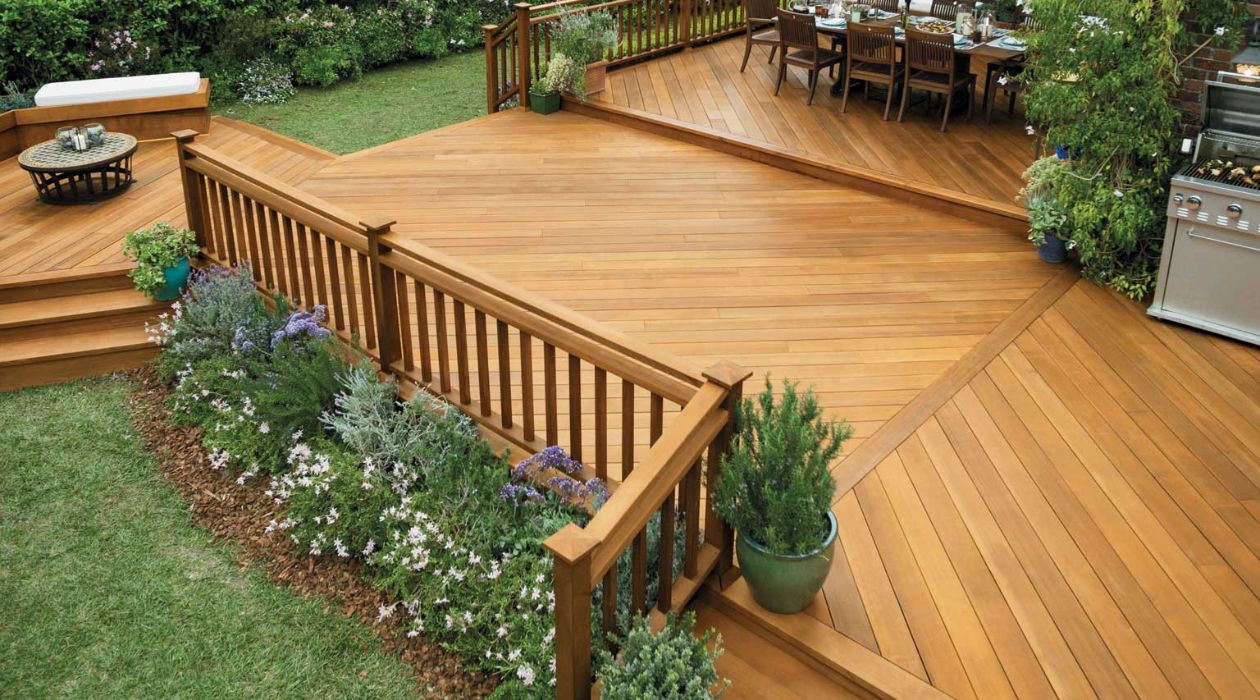
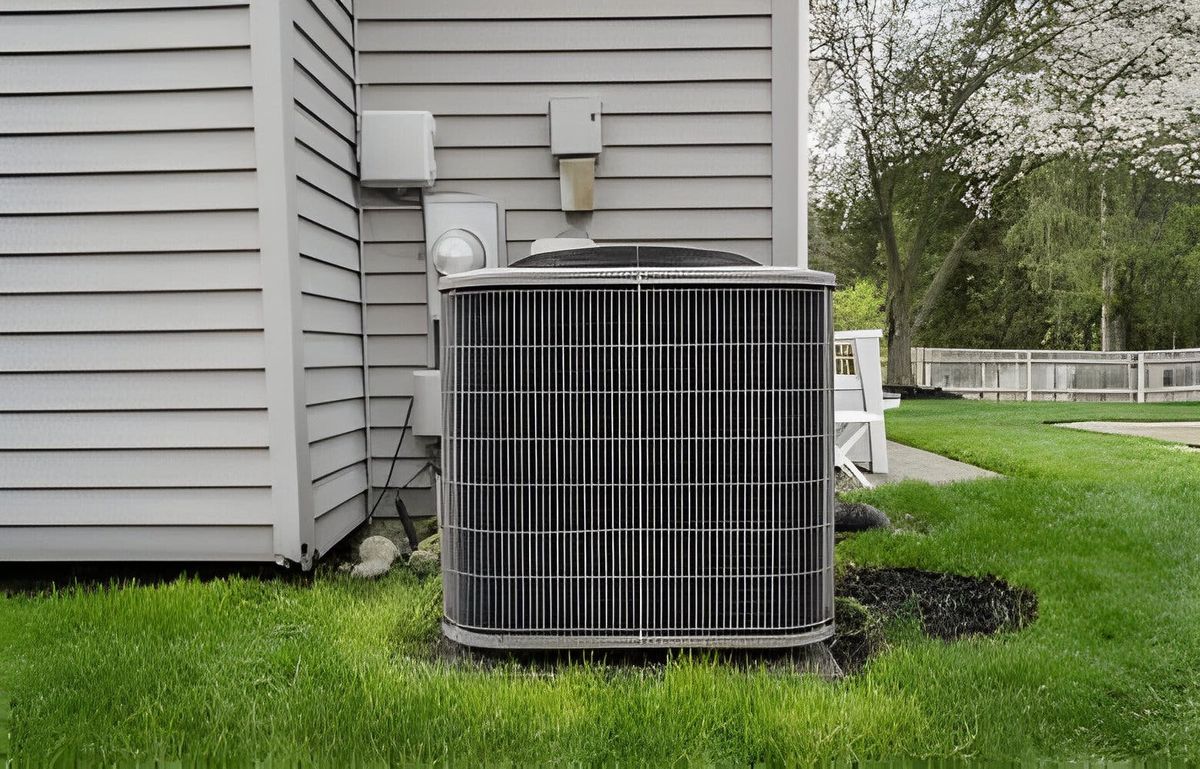
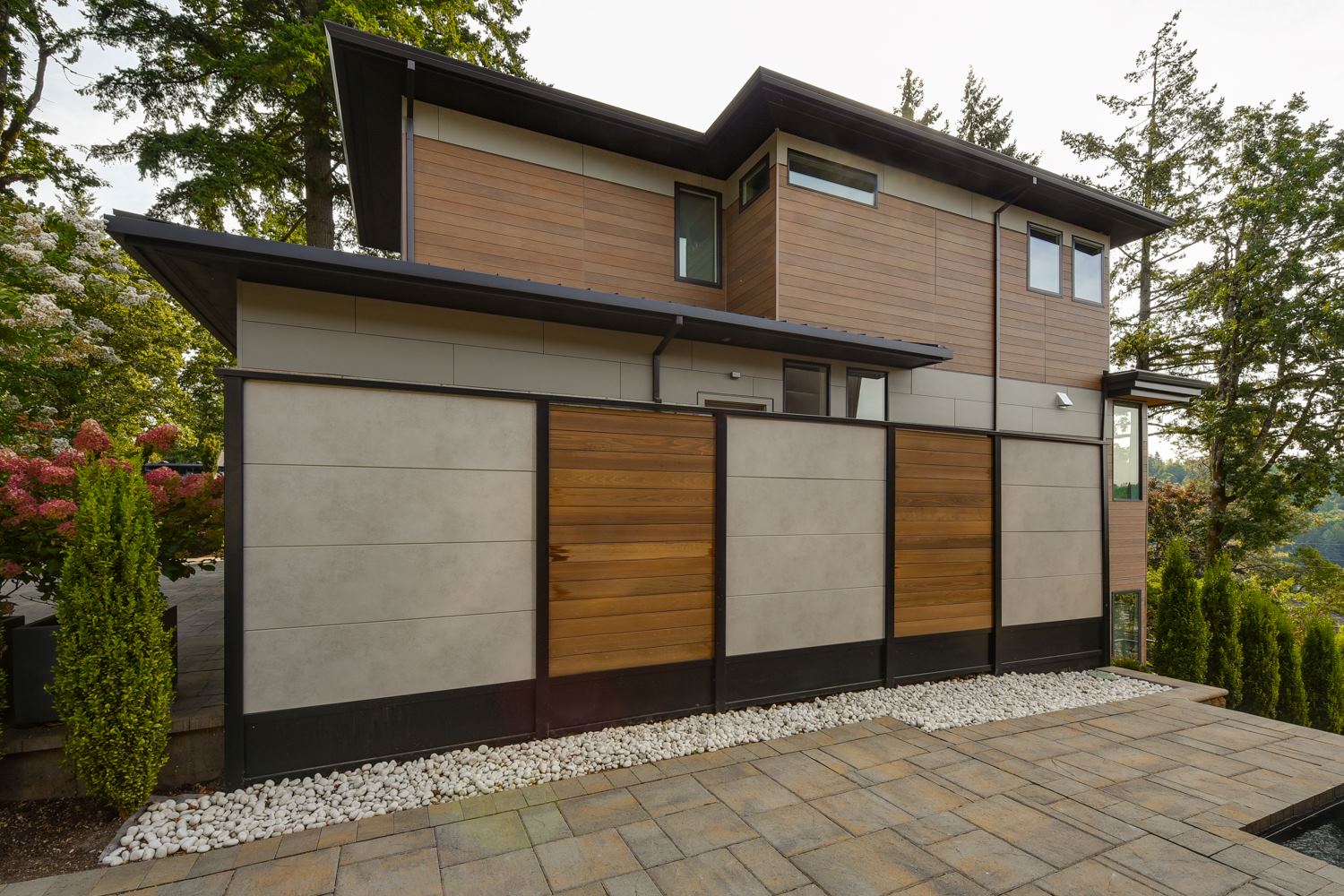
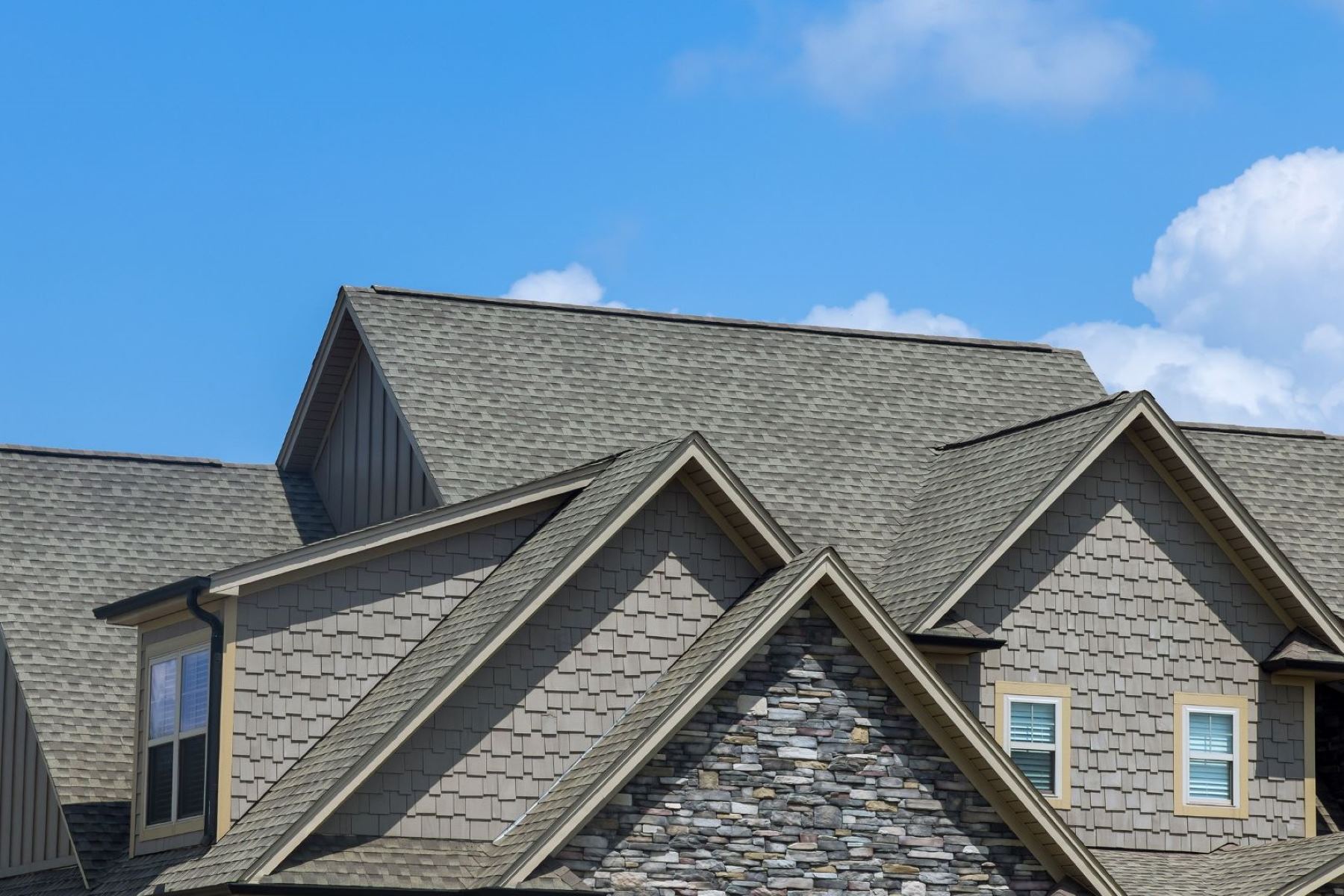
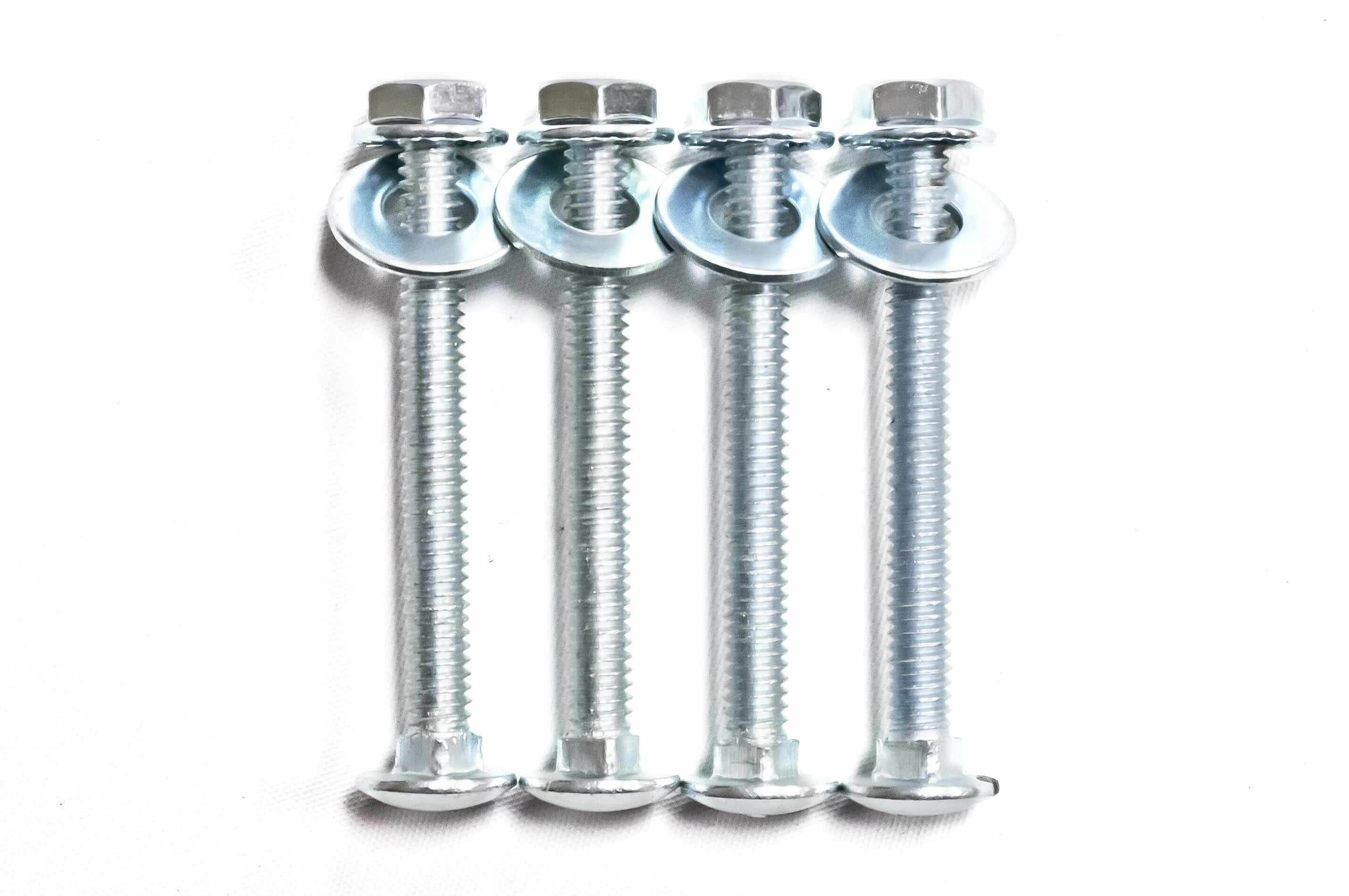





0 thoughts on “How To Choose The Right Fastener For Your Deck”